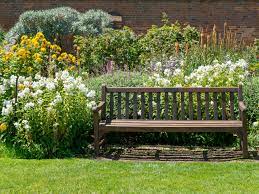David Wall/Contributing Writer
We’ve discussed the advantages of using crushed/powdered egg shells in the garden. It works great but takes effort and time. Tomatoes need calcium to help prevent blossom end rot. What many fail to see is the bigger the fruit, the more calcium as well as phosphorus and potassium they need. So, how do we get the calcium without the extra effort?
Bone meal is a made from boiled or steamed bones and then pulverized. The finished product is rich in nutrients. Usually it comes from cattle bones, but just about any bones will work. An advantage is approximately 15% of it is phosphorus.
Calcium is also available for the plant. We’re primarily concerned with tomatoes, but make no mistake, pepper plants can benefit from bone meal usage.
An added benefit is that bone meal may contain from less than 1% to 4% nitrogen. Weak nitrogen levels are good, because we want to get the most and best fruit without excess plant growth.
Also, bone meal is acceptable in an organic garden. It’s a slow-release product, meaning the plants can use it as its nutrients are released.
If soil pH is 7.0 or higher, bone meal is useless It should be lightly tilled into the soil so its scent doesn’t attract animals.
Use it sparingly; one tablespoon in the transplanting hole, or 2 tablespoons around the plant after transplanting.

